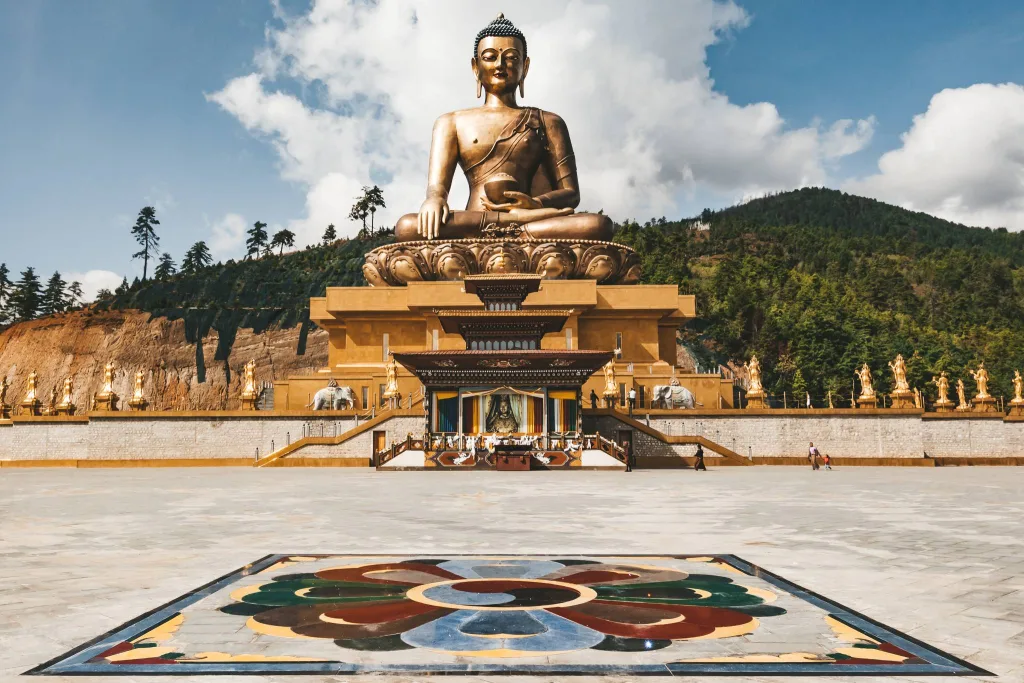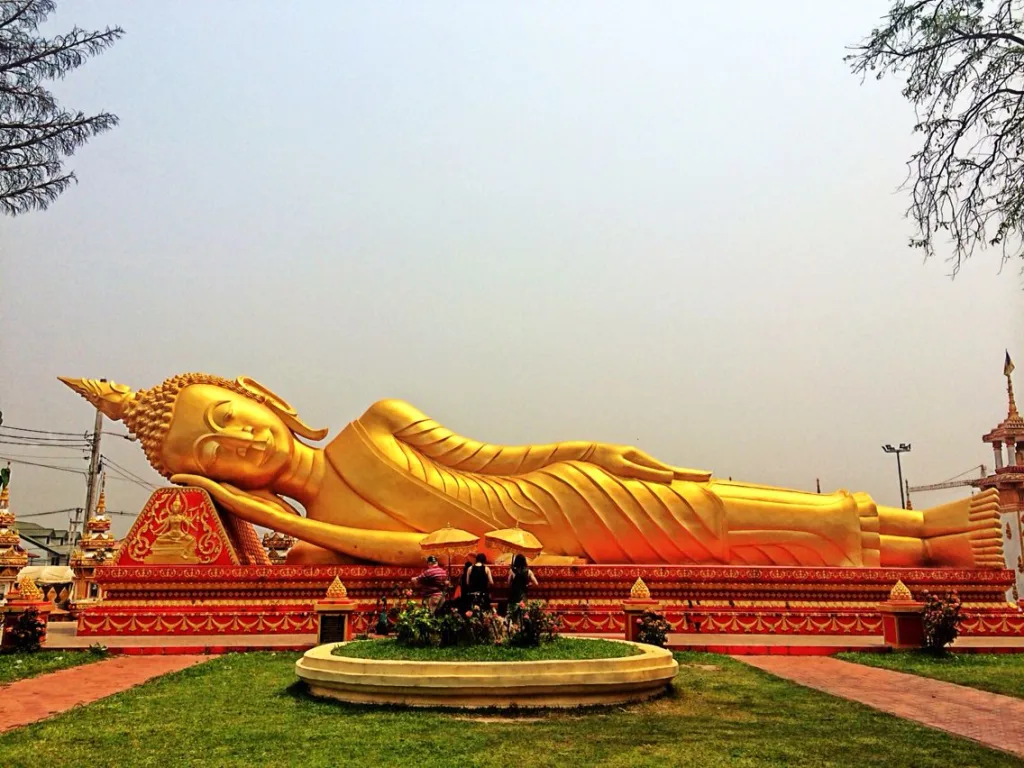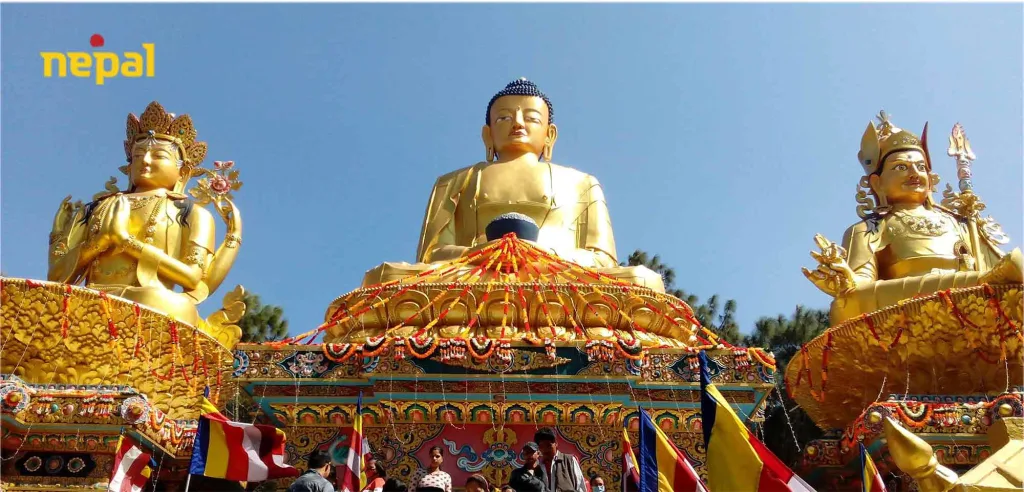New Discoveries Shed Light on the Revered Spiritual Leader’s Life
Archaeologists in Nepal are making groundbreaking discoveries about the Buddha’s birthplace, Lumbini, uncovering clues that shed new light on the revered spiritual leader’s life. The findings are sparking excitement among scholars and Buddhists alike, offering a glimpse into the life of a figure who has been shrouded in myth and legend for centuries.

*The Significance of Lumbini*
Lumbini, a small town in southern Nepal, is considered one of the most sacred sites in Buddhism. It is here that the Buddha is said to have been born, and the site attracts millions of pilgrims and tourists each year. The recent discoveries are focused on the ancient city of Kapilavastu, believed to be the Buddha’s childhood home, which is located just a few miles from Lumbini.

*New Discoveries*
The archaeological team, led by Nepali archaeologist Kosh Prasad Acharya and British archaeologist Robin Coningham, has unearthed a number of significant finds, including:
– *Apsidal Temple*: A rare, curved-walled temple dating back to the sixth century BC, similar to another found in Sarnath, India, where the Buddha is said to have given his first sermon.
– *Silver Punch-Marked Coins*: A collection of ancient coins dating back to the third century BC, which provide evidence of trade and commerce in the region.
– *Palatial Compound*: The remains of a grand, walled city with a gridwork of roads and neighborhoods, believed to be the ancient city of Kapilavastu.

*The Debate Over the Buddha’s Existence*
The discoveries are also sparking debate among scholars about the historicity of the Buddha. While some believe that the Buddha was a real figure who lived in the sixth century BC, others argue that the stories about his life are largely mythical. The recent findings are seen as significant because they provide tangible evidence of the Buddha’s life and teachings.

*The Future of Lumbini*
As the archaeological team continues to excavate the site, there are concerns about the impact of tourism on the fragile ruins. The Nepali government is working to balance the need to preserve the site with the desire to promote tourism and economic development in the region. The recent discoveries are expected to attract even more visitors to Lumbini, putting pressure on the site’s infrastructure and conservation efforts ¹.
